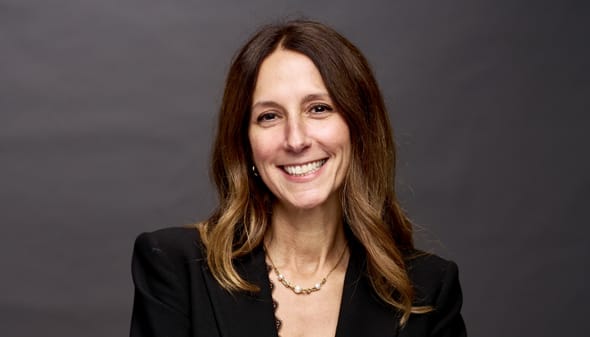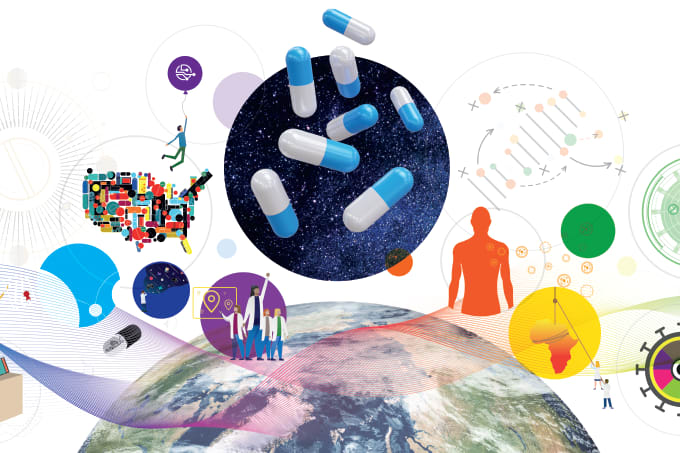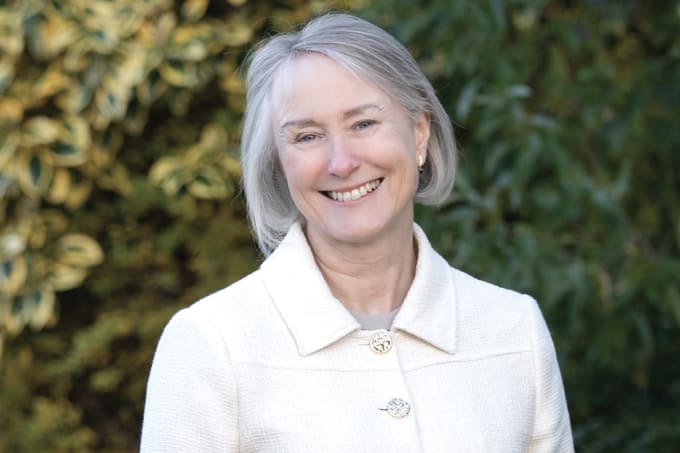Meet the Experts

Ali Safari (PhD) is a data scientist in the Innovation Team within the Advanced Therapy Solutions group at Sartorius. His role involves developing and supporting innovative, machine-learning and modeling-related solutions in biopharma research and development, including cell line, process, and media development.

Christiane Hartmann (PhD) is a CLD scientist focusing on customer projects. As the scientific lead within projects teams, she conducts data evaluations and engages in scientific discussions with Sartorius customers.
Biologic pipelines are no longer dominated by standard monoclonal antibodies. Multispecifics, fusion proteins, and other complex modalities bring new challenges to drug development. At the same time, there is increasing pressure to accelerate development timelines, reduce costs, and ensure consistent quality from the earliest stages.
Modern CLD approaches harness automation and machine learning, and allow developers to tailor strategies to individual molecules. Smarter CLD strategies not only help manufacturers to keep pace with complex biologics, but also support the broader goal of better therapies and more affordable medicine.
Why is CLD so important and what are the consequences of getting it wrong?
CH: CLD is positioned at a very early stage of drug development but ultimately influences the success and profitability of the entire CMC process. The main goal of a CLD platform is to identify a robust and highly productive cell clone. Moreover, it helps to accelerate time to clinic.
If the wrong clone is selected – such as one that is less productive or has product quality issues – it will significantly impact downstream processing and the effectiveness of the entire drug manufacturing process.
What are the challenges associated with traditional cell line development approaches?
CH: Traditional CLD workflows are time-consuming. Productivity measurements of clones are typically performed at a late stage, after a lot of time and effort has already been invested. If, at this point, you realize productivity is not sufficient, you must start over. One of the key advantages of the Sartorius CHO CLD platform is that we assess productivity much earlier, which allows for more informed early decision-making that can help de-risk the process. The platform also reflects Sartorius’ wider commitment to “Simplifying Progress” – removing unnecessary complexity from development, reducing risk, and enabling manufacturers to focus on getting promising therapies to patients faster.
AS: Conventional approaches to CLD are very labor intensive. They tend to rely heavily on trial-and-error screening, which makes the process slow and less predictable. Sartorius aims to make CLD as robust as possible by incorporating modeling approaches, AI, and machine learning.

What’s the developmental story behind the Sartorius CHO CLD platform?
CH: The history of the platform goes back to 2005. Ambitious scientists that recognized the potential of CLD, connected with business partners, and the result was the launch of the company Cellca – which was acquired by Sartorius in 2015.
Cellca developed the core CLD technology, but it has been continuously optimized and refined since then. Over the past five years, we have reduced the timeline from DNA to research cell bank from around 14 weeks in 2020 to nine weeks today. The single cell cloning strategy and clone selection stages were completely redesigned, making it much more streamlined and efficient.
The platform is suitable for a wide variety of complex molecules. How is this possible?
CH: The number of complex biologics in pipelines is increasing and there isn’t a one-size-fits-all approach. You need tailored solutions for CLD that consider the specific properties and challenges of each molecule. For example, the number of screened clones that might be sufficient for a standard antibody may be inadequate for a complex multispecific or multichain molecule.
Our CLD platform is well suited to complex molecules because it incorporates automation and machine learning. We determine clone productivity at a very early stage and can even predict a clone’s performance at later stages of CLD.
For particularly complex proteins, we use a toolbox approach. This includes, for example, broader screening strategies with higher numbers of clones, and an additional pool phase that allows for pre-selection prior to the single-cell cloning stage. We can also integrate process and media optimization using design-of-experiment methodologies, analytical method transfer and implementation, and change the production mode, such as moving to perfusion or high inoculation strategies.
AS: In the latest generation of our CLD platform, we began adopting a data-driven approach that leverages the data we have been generating during CLD. Using automation and AI, we can learn from historical data and predict the behavior of clones in future experiments. We use a multimodal approach that applies different machine learning algorithms. By setting stringent criteria for selecting cells and identifying high-producing clones, we can ensure both accuracy and quality in the cell line selection process.
How do you ensure reliability and precision in AI and machine learning?
AS: We integrate expertise from diverse fields – data science, machine learning, AI, biology, and biotechnology – to forge a comprehensive approach. By collaborating closely with subject matter experts, we ensure that the data input into our models is accurate and meaningful. This strategic alignment helps us circumvent issues like irrelevant data, excessive noise, and the risk of overfitting our models.
We also build in evaluation steps and validate each predictive model experimentally. For example, we compare its predictions against traditional methods of clone selection or even random selection, and check whether the model gives a significant improvement in productivity or other key performance indicators. Another aspect is continuous learning. We don’t just build a model once and leave it. We continuously feed new data into the system so that the model is always evolving and improving.
With our data analytics team, we have transformed a complex modeling approach into a user-friendly, click-based solution within the Sartorius MVDA software SIMCA. This enhancement significantly simplifies daily lab work for non-data scientists.

Sartorius has established a CLD Center of Excellence. Why is this such a valuable resource?
CH: The CLD Center of Excellence is located in Ulm, Germany. The center began operations in 2020 and allowed us to expand and bring together all our CLD capabilities under one roof. The facility itself is about 6,000 square meters and includes state-of-the-art laboratories and instrumentation. We have everything we need to perform CLD at the highest level.
AS: The site is excellent, both in terms of instruments and technologies. Data scientists, including myself, work closely with the CLD and process development teams, which allows us to better understand the biotechnology aspects behind our data science methods. With this insight we can analyze data more effectively, to detect problems more clearly – and to understand where machine learning and AI can make the most impact. Implementing machine learning and AI has become more straightforward due to the availability of robust capabilities. The more pressing challenge now lies in determining how, where, and when these tools should be integrated into processes. As machine learning implementation continues to simplify, the focus will shift to enhancing interdisciplinary collaboration between data scientists and lab scientists to effectively leverage the benefits of AI.
What can people expect from a free project consultation with Sartorius?
CH: Every CLD project request is handled by our experienced sales development specialists. Depending on the project, they involve experts, such as scientists in cell line development, protein analytics specialists, or experts in cell bank testing and cell banking.
Together, we design the best strategy for the specific project. The customer gets all their questions about CLD answered and receives a detailed proposal that lists all suggested work packages.
How do you measure success beyond cell line performance – for example, in terms of customer satisfaction or project efficiency?
CH: At the end of each project, we ask for honest feedback and ideas for improvement. Together, we identify both successes and areas where we can do better.
Thereafter, we stay closely connected with customers. We regularly follow up and make ourselves available for any questions that arise during subsequent upstream or downstream process development.
It is important for us to be a true partner for all our clients. We focus on minimizing risk, optimizing outcomes, reducing timelines, and increasing flexibility in CLD. Ultimately, we want to enable our customers to move promising therapies forward for our common goal – for better health for more people.





